Best Antibiotics for Acne – Types, Benefits, Uses & Side Effects
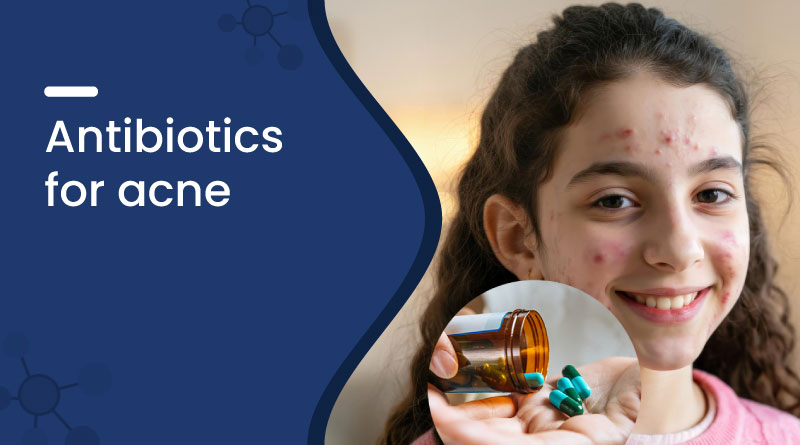

Antibiotics are commonly prescribed for managing moderate to severe acne by targeting the bacteria that contribute to breakouts. They help reduce inflammation, redness, and the formation of pimples, promoting clearer skin over time. Available in oral and topical forms, antibiotics are often used alongside other acne treatments for enhanced effectiveness. In this blog, we’ll explore how you can use antibiotics for acne treatment, types of antibiotics available for acne treatment, and what you should know before using them.
How Antibiotics Work Against Acne-Causing Bacteria
Antibiotics help control acne mainly by reducing the bacteria Cutibacterium acnes, which triggers inflammation in clogged pores. By lowering bacterial growth, antibiotics reduce redness, swelling, and breakouts. They also possess anti-inflammatory properties, making them especially useful for inflammatory acne types such as papules, pustules, and nodules.
Common Antibiotics for Acne and Their Active Ingredients
Several antibiotics are widely used to treat acne by targeting bacteria and reducing inflammation. Key options include:
- Clindamycin – Reduces Cutibacterium acnes growth and inflammation.
- Doxycycline – A tetracycline antibiotic that reduces bacteria and calms skin redness.
- Minocycline – Fights bacteria and calms inflammation, ideal for moderate to severe acne.
- Tetracycline – Controls bacterial overgrowth and prevents new breakouts.
These antibiotics are often used in combination with other treatments to enhance results and minimize antibiotic resistance.
Best Antibiotics for Treating Acne
| Antibiotic | Benefits |
|---|---|
| Doxzee 100 Antibiotic Capsule | Reduces acne-causing bacteria, inflammation, and promotes clearer skin. |
| Doxzee LB Tablet | Combines doxycycline and Lactobacillus to treat acne, reduce inflammation, and support gut health. |
| Minoclix 100 Capsule | This antibiotic reduces inflammation and eliminates acne-causing bacteria, promoting clearer skin. |
| Clearbet Anti Acne Gel | Reduces redness and swelling from acne while preventing new pimples. |
| Clearbet BP 5% Gel | Reduces bacterial activity, controls sebum, and soothes inflamed skin. |
Benefits of Using Antibiotics for Acne Treatment
- Effectively reduce acne-causing bacteria
- Lower skin inflammation and swelling
- Improve overall skin appearance
- Used alongside other therapies to achieve better results
- Suitable for short-term management of moderate to severe acne
Oral vs Topical Antibiotics for Acne
- Topical Antibiotics: Work on the skin surface, usually for mild cases, with fewer systemic side effects.
- Oral Antibiotics: Reach deeper into the skin via the bloodstream, ideal for severe or widespread acne.
Dermatologists may recommend starting with topical treatment and switching to oral options if acne does not improve.
Best Topical Antibiotics for Acne
Clearbet Anti Acne Gel
Clearbet Anti-Acne Gel is a topical medication containing Clindamycin and Nicotinamide, formulated to manage acne by targeting affected areas with a simple daily application.
- Price: ₹25
- Composition: Clindamycin (1% w/w) + Nicotinamide (4% w/w)
- What it does: Helps unclog pores, decrease oil production, and prevent the formation of pimples, whiteheads, and blackheads.
Clearbet BP 5% Gel
Clearbet BP 5% Gel blends Benzoyl Peroxide and Clindamycin to fight mild-to-moderate acne, control oil, and support skin repair.
- Price: ₹199
- Composition: Benzoyl Peroxide (5%) and Clindamycin (1%) by weight
- What it does: Kills acne-causing bacteria, reduces excess oil, and unclogs pores.
Best Oral Antibiotics for Acne
Doxzee 100 Antibiotic Capsule
Doxzee 100 Antibiotic Capsule contains Doxycycline, a tetracycline antibiotic used to treat bacterial infections and acne by inhibiting bacterial growth and reducing inflammation effectively.
- Price: ₹28
- Composition: Doxycycline (100mg)
- What it does: Reduces inflammation and prevents acne breakouts.
Doxzee LB Tablet
Doxzee LB Tablet combines Doxycycline (100 mg) and Lactic Acid Bacillus (5 billion spores) to treat bacterial infections, support gut health, and improve acne by reducing bacteria and promoting healthier skin.
- Price: ₹70
- Composition: Doxycycline (100mg) + Lactobacillus (5 billion spores)
- What it does: Treats acne by reducing bacteria and inflammation; also supports gut health.
Possible Side Effects and Precautions
While effective, antibiotics should be used carefully:
- Side Effects: Skin dryness, peeling, stomach upset, diarrhea, or photosensitivity.
- Precautions: Avoid long-term use to reduce antibiotic resistance. Always follow prescribed doses and combine with other acne treatments, such as benzoyl peroxide, to maintain effectiveness.
Additional Tips for Acne Management
- Combine antibiotics with non-antibiotic treatments like retinoids or benzoyl peroxide.
- Follow a gentle skincare routine to avoid irritation.
- Protect skin from excessive sun exposure, especially when taking oral antibiotics.
- Never self-medicate; always consult a dermatologist for the right treatment plan.
Conclusion
Antibiotics can be a powerful tool in managing acne, particularly when breakouts are persistent and severe. By reducing bacteria and inflammation, they support clearer, healthier skin. However, antibiotics should be used responsibly and usually in combination with other treatments for the best and safest results. Consulting a dermatologist ensures the right balance between effectiveness and safety.
Frequently Asked Questions (FAQs)
Q. How do antibiotics help in treating acne?
A. Antibiotics reduce acne-causing bacteria and inflammation, helping control breakouts, redness, and swelling, especially in moderate to severe acne, promoting clearer and healthier skin over time.
Q. Which antibiotics are commonly used for acne treatment?
A. Common antibiotics for acne include clindamycin, doxycycline, minocycline, and tetracycline. These help target bacteria, reduce inflammation, and prevent new pimples from forming.
Q. Are antibiotics alone enough for hormonal acne?
A. Antibiotics can help, but they are often combined with hormonal therapies, retinoids, or skincare routines to address the underlying hormonal imbalance and prevent future breakouts.
Q. How quickly do antibiotics improve acne?
A. Many users notice reduced redness and pimples within 4–8 weeks. Combining antibiotics with other acne treatments can enhance results and promote faster, long-lasting improvement in skin clarity.
Clindamycin (1% w/w) + Nicotinamide (4% w/w)
15 gm in 1 tube
Doxycycline (100mg) + Lactobacillus (5Billion Spores)
10 Tablets in 1 strip
Benzoyl Peroxide (5% w/w) + Clindamycin (1% w/w)
20 gm Gel in 1 Tube
Recent Blogs
Disclaimer : Zeelab Pharmacy provides health information for knowledge only. Do not self-medicate. Always consult a qualified doctor before starting, stopping, or changing any medicine or treatment.

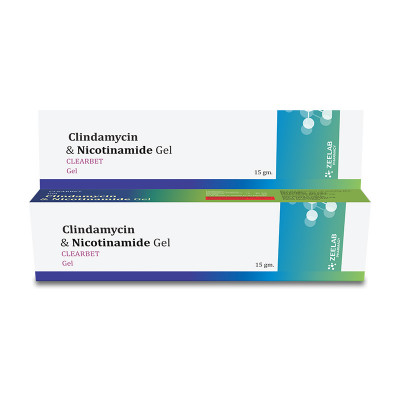
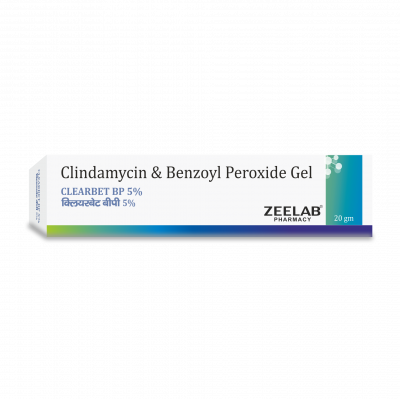
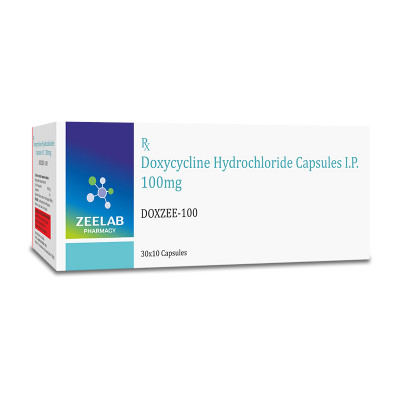
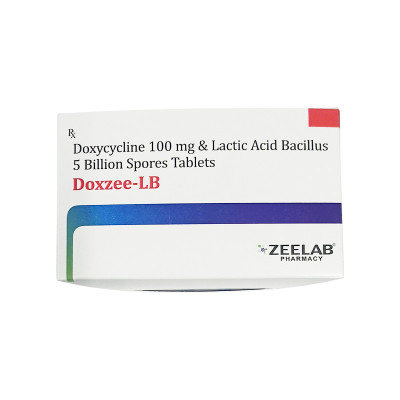
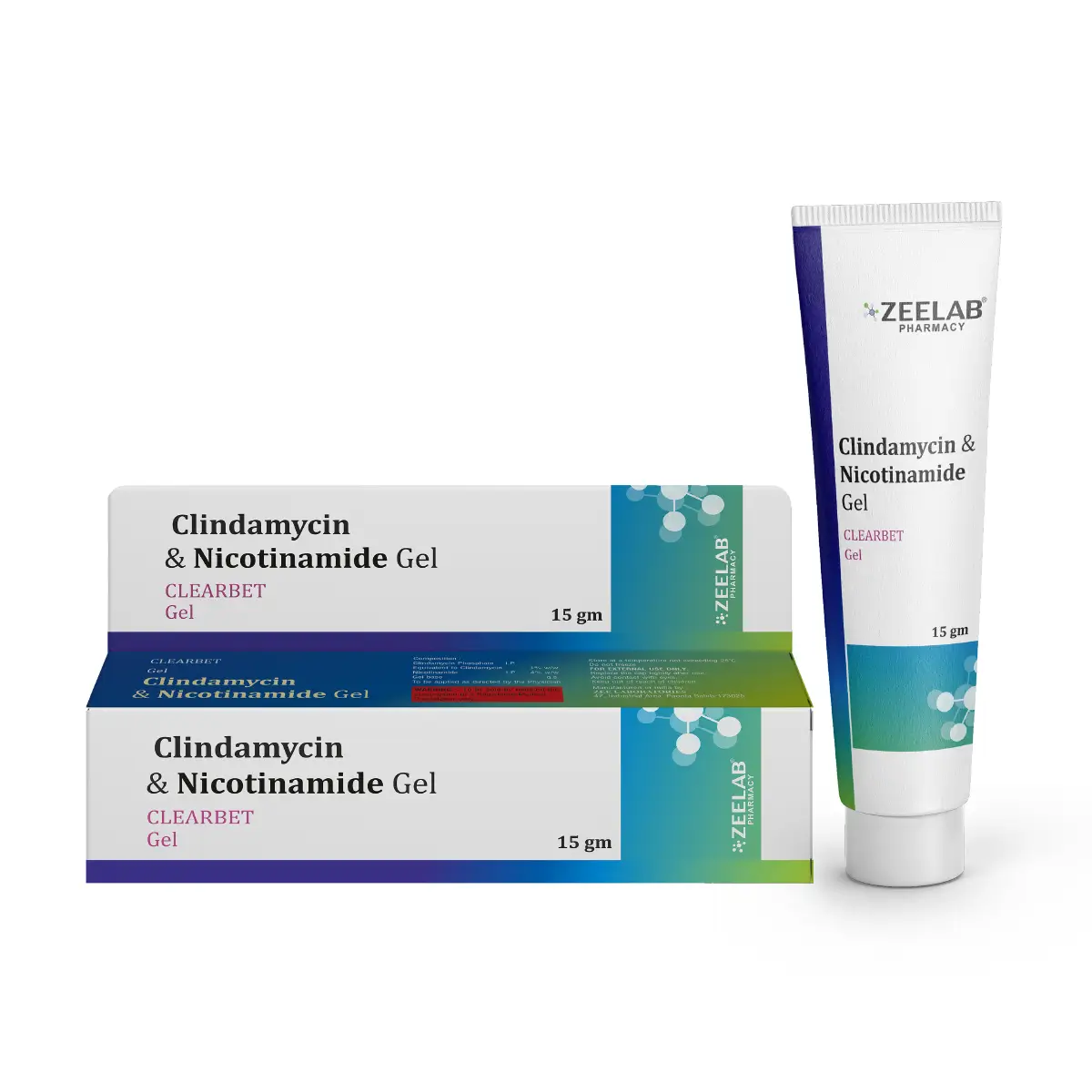
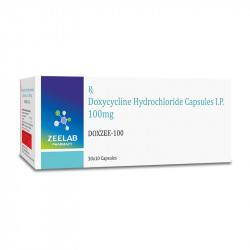
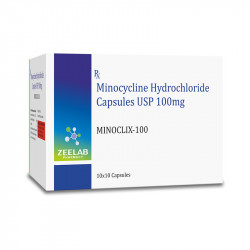
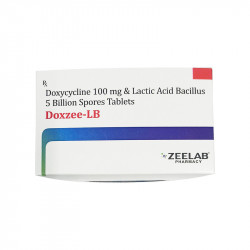
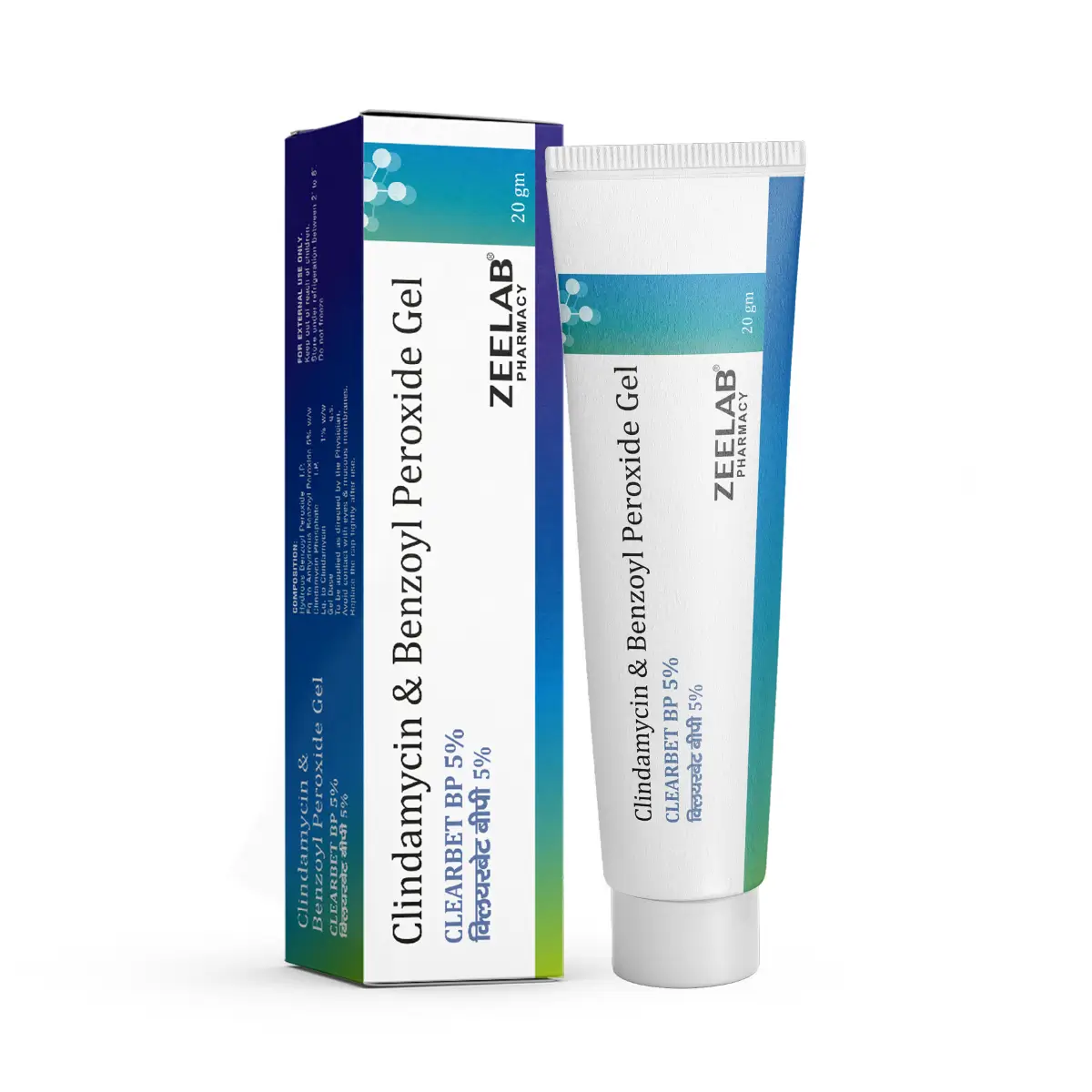
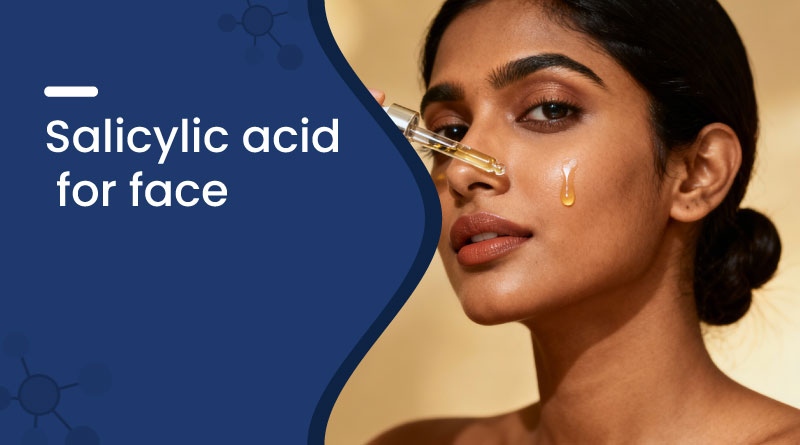
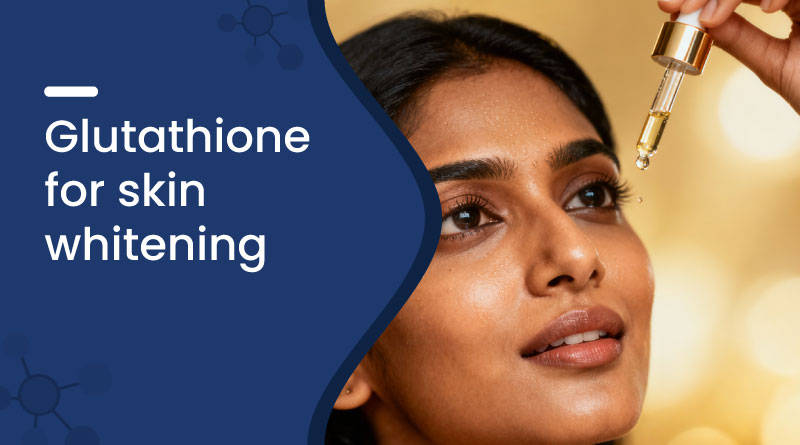

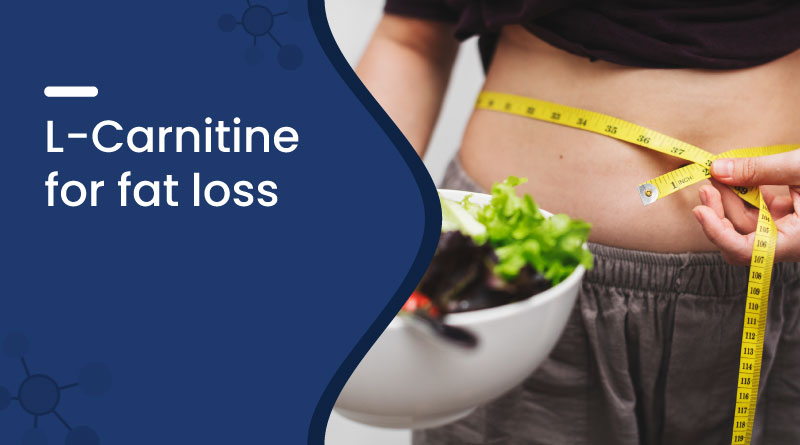
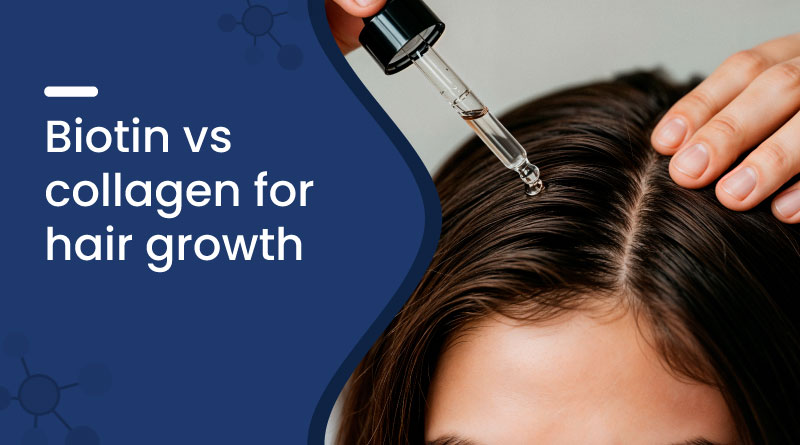
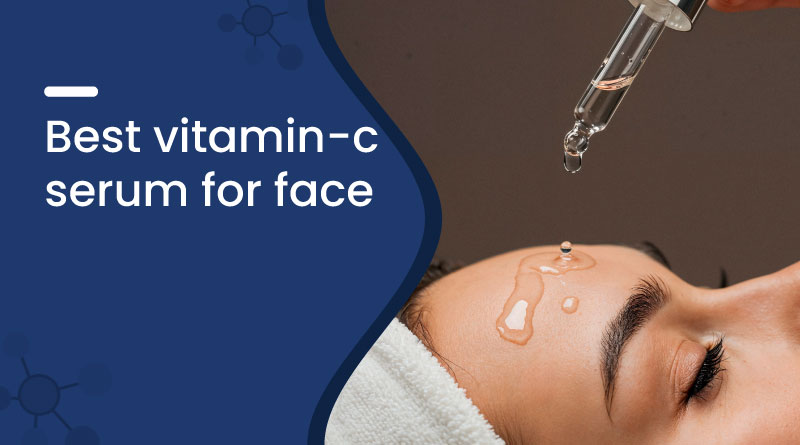









 Added!
Added!